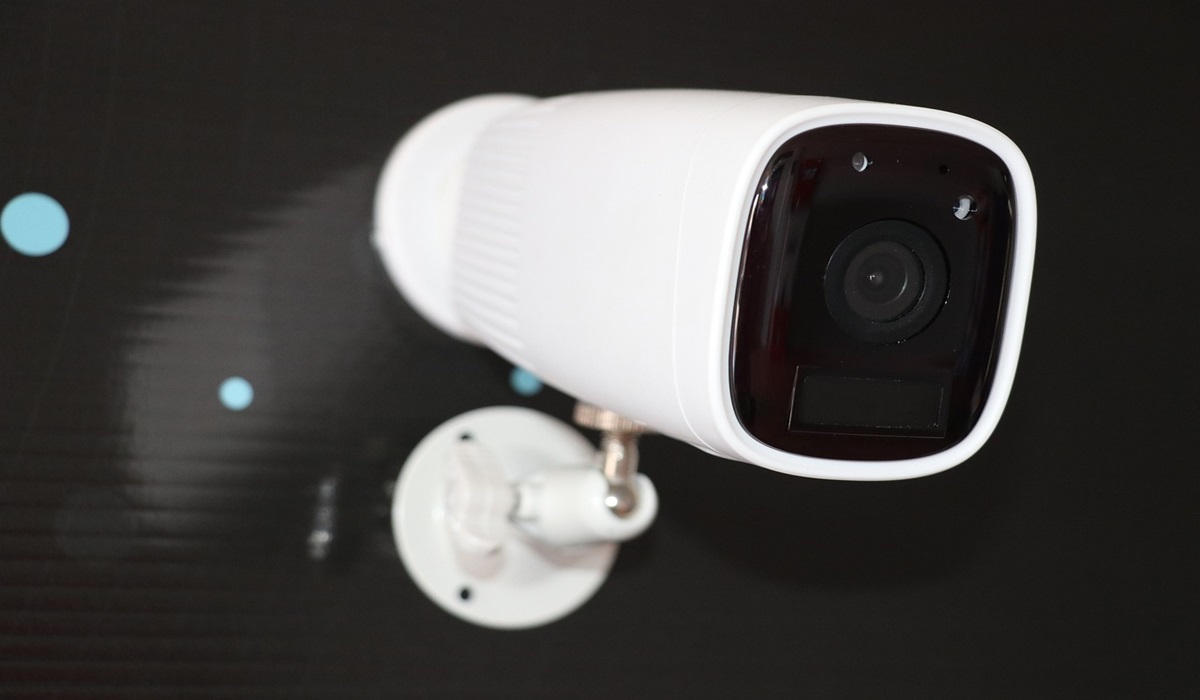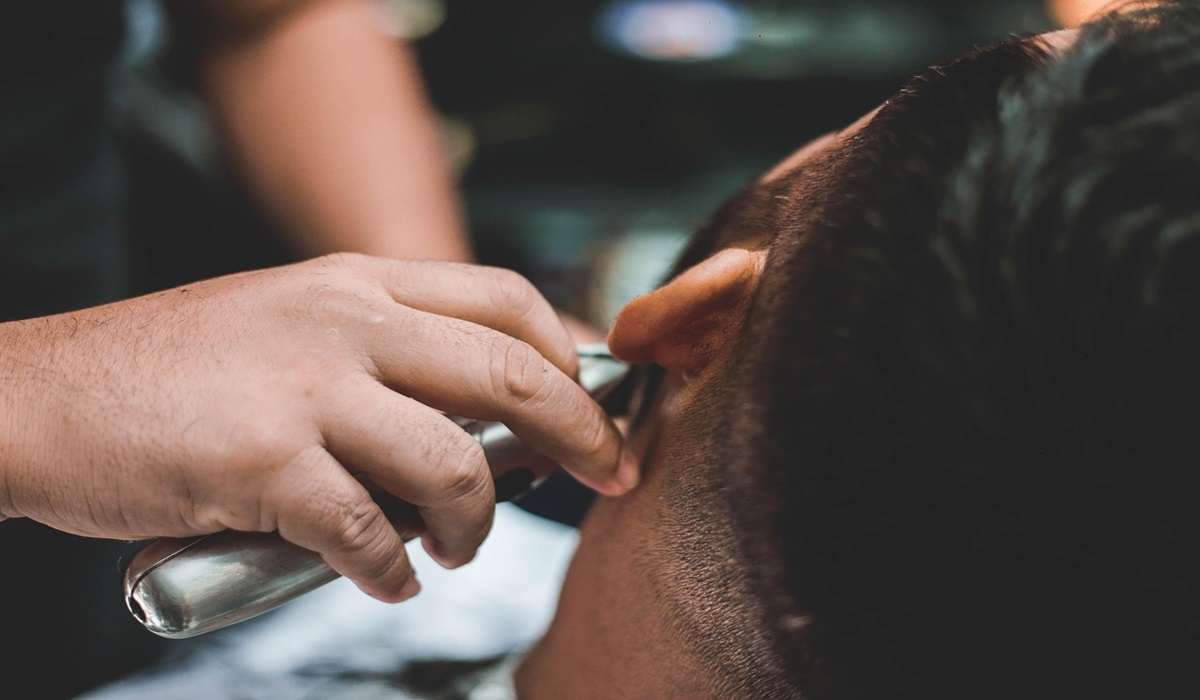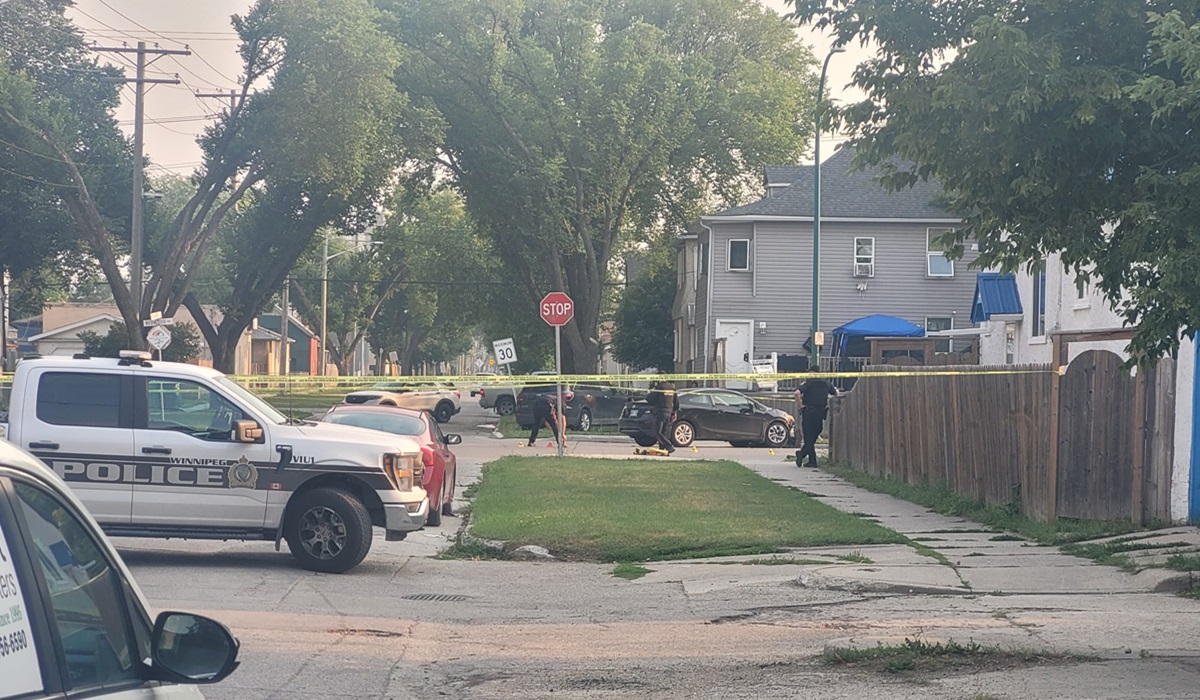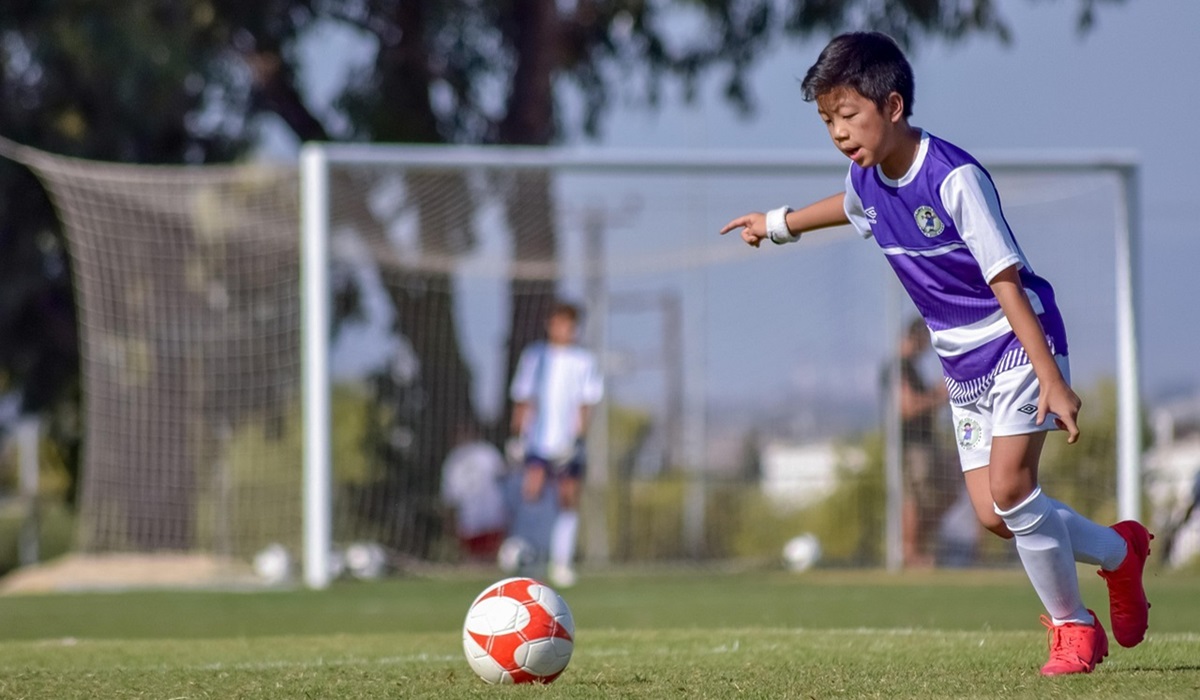The Role of Surveillance Cameras in Deterring Crime
- Don Woodstock
- Crime
- Do Security. Do It Smart
- November 5, 2024

By: Don Woodstock
Image Credit, Gred Den
In today’s society, cameras have become a familiar part of urban landscapes. Mounted in public spaces, retail stores, and transportation hubs, they are often seen as a vital part of keeping communities safe. While they are widely acknowledged for their role in preventing crime, the actual impact they have on criminal behaviour is still a topic of discussion.
One of the main benefits of these devices is their ability to deter criminal activity. The presence of a camera can make potential offenders think twice before committing a crime. This psychological barrier is particularly effective in high-traffic areas, such as shopping centers or airports, where the fear of being caught on film outweighs the impulse to engage in theft or vandalism. Research consistently shows that visible monitoring systems can significantly reduce these types of offenses.
In addition to discouraging criminal behaviour, these devices play a crucial role in solving crimes. When incidents occur, footage from cameras can provide important evidence that helps law enforcement identify suspects and piece together the details of a crime. From minor thefts to violent assaults, the recordings often prove indispensable, especially in cases where eyewitness accounts are unclear or unreliable.
However, the effectiveness of surveillance cameras is not without its limitations. In neighborhoods grappling with issues like poverty or gang violence, their presence alone may not be enough to curb crime. While these devices can reduce opportunistic offenses, they are less likely to prevent more serious, premeditated acts of crime. Additionally, critics argue that the focus on technology often overlooks the need for broader social interventions to address the root causes of criminal behaviour.
Privacy concerns also arise with the widespread use of cameras in public spaces. While they are designed to protect people, the fear of being constantly watched can raise questions about civil liberties. The balance between ensuring public safety and protecting individual privacy remains a delicate one. Without proper regulations on how footage is stored and used, there is a risk of overreach and misuse.
The technology behind these devices continues to evolve. Advances like artificial intelligence are being integrated to analyze footage in real time, detecting suspicious activities and potentially preventing crimes before they happen. While these developments can enhance security, they also prompt further concerns about surveillance expanding too far into everyday life, raising ethical questions about the limits of monitoring.
Cameras are undoubtedly an important tool in preventing and solving crimes, but they are not a silver bullet. Their effectiveness is enhanced when paired with other efforts, such as community engagement, effective policing, and social programs aimed at addressing the underlying causes of crime. As the use of these devices continues to grow, it is essential to ensure they are deployed responsibly and with consideration for privacy rights. When used wisely, they can contribute to safer communities without compromising the freedoms they seek to protect.
Claim your 15 -25% discount at https://jamrocksecurity.ca

https://www.alarm.com/CAN/jamrocksecurities?home=1









